Nowodvorski LED Spotlight bulbs
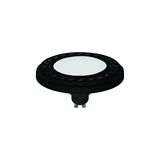



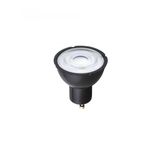
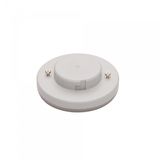
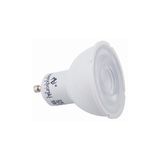
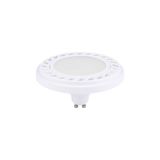
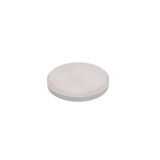
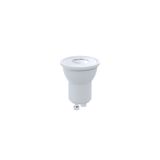

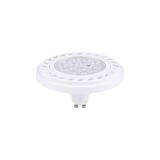

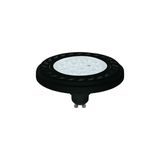

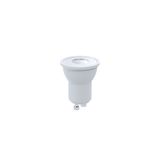
Why Nowodworski Spot-Lighting LEDs Matter
Directional lighting plays a crucial role in accent, task and display areas. Spot-bulbs concentrate light where needed, control spill and allow flexibility in layout. Nowodworski’s range of LED spotlight bulbs (including GU10 format) offers compact, efficient alternatives to halogen or HID spots, making them ideal for high-density fixture environments in retail shelves, hospitality zones or gallery walls.
Performance Metrics for Nowodworski GU10 and Directional LEDs
- Wattage replacement: Many Nowodworski GU10 LED spots use approximately 4-6 W to replace 35–50 W halogen equivalents — energy savings in the range of 85–90%.
- Luminous flux: Typical output for a 4.5 W GU10 LED is around 380–420 lm (per supplier catalogue).
- Beam angles: Models available with beam spreads of 24°, 36°, 45° for accent, or 60° for broader ambient use.
- Colour temperature options: Most common are 2700 K (warm white), 3000 K and 4000 K (neutral white) with CRI ≥ 80 to ensure accurate colour of merchandise or finishes.
- Lifetime: Specified minimum L70 of ~15 000–25 000 h depending on heat-management and fixture conditions.
- Driver & power factor: Integrated driver rated for 230 V AC, power factor ≥ 0.9 typical, helps minimise harmonic distortion in commercial circuits.
Installation and Environmental Considerations for Directional Use
Fixture compatibility & retro-fit
Most GU10 LED spot bulbs match existing GU10 halogen fittings—saving retrofit costs. However, you must check the following:
- Socket clearance: some LED versions may have slightly greater length or diameter; shade fit must be verified.
- Thermal conditions: In enclosed or fire-rated downlights, heat build-up can shorten LED life — ensure a driver rated for ambient highest temperature (e.g., Ta 40 °C).
Control systems & dimming
If dimming is required:
- Confirm compatibility with existing dimmers — traditional trailing-edge dimmers may not perform well with low-wattage LEDs.
- For scenes or retail lighting zones, verify dimming range (e.g., 5–100 %) and absence of flicker.
- For networked installations, ensure driver supports DALI or DMX if required.
Photometric layout & lighting design
When specifying accent lighting:
- Use narrow beam angles (24°–36°) for wall-washing or product displays; broader angles for general zone lighting.
- Maintain spatial uniformity: e.g., aim for average illuminance of ~300 lux in retail display zone, with a Min/Max ratio of ≤ 3.
- Check UGR (glare rating) where lamps are mounted at eye-level or within field of view
Specifier Checklist for Procurement Teams
Before placing an order for Nowodworski spotlight bulbs, ensure:
- Base type: GU10 (230 V) or other format as per fixture.
- Wattage and lumen output: e.g., 4.5 W → ~400 lm.
- Beam angle: 24°, 36°, 45° or 60° depending on use case.
- Colour temperature & CRI: e.g., 3000 K with CRI ≥ 80.
- Lifetime specification: L70 ≥ 15 000 h (or more as required).
- Dimming/driver compatibility: verify dimmer type and driver compliance.
- Thermal rating and installation environment: ensure fixture supports required Ta
- Stock and product continuity: check the product series will be supported for spares (Nowodworski’s manufacturing background helps).
Skipping any of these often results in retrofit issues, mismatched lighting tone or higher maintenance cost.
Benefits of Standardising on the Nowodworski Spot LED Range
Using one brand for all spotlight applications in a project—GU10, aesthetic-cooling display lights, ambient accent—brings these advantages:
- Fewer variants and spare-part SKUs.
- Consistent beam and colour behaviour across zones.
- Simplified maintenance: one driver type, one manufacturer.
- Procurement consistency: fewer suppliers, better volume pricing.
Wholesale & Project Supply Terms via Bank of Lamps
- Volume-linked pricing: tiers based on order size/project repetition.
- Dedicated lighting procurement liaison: focused on spotlight bulb spec, documentation and delivery.
- Live stock visibility across warehouse network.
- Quotation turnaround typically < 1 hour for project support.
- Ordering via EAN/MPN lists for high-volume accuracy.
- Downloadable specification sheets, beam-angle charts, driver compatibility lists.
- Tracking from order placement through dispatch and delivery.
- Access to purchase history for spares and future budgeting.